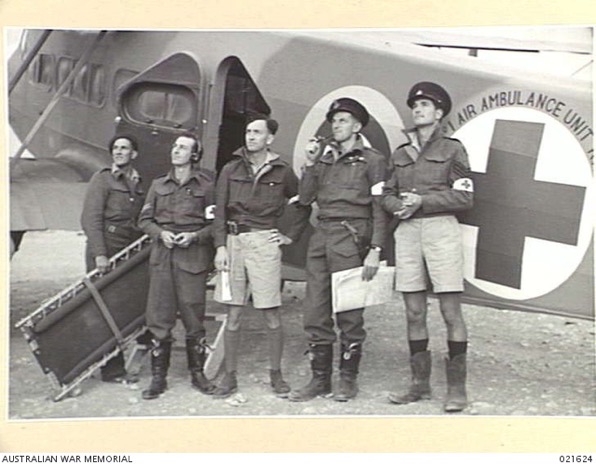Now now. No need to throw the toys out of the pram.With this in mind, I'm surprised the British government released the Blenheims, Hudsons and Buffaloes for Malaya. All three would have been better off serving in North Africa and the Med. If delivery was feasible, sixty operational Buffaloes along with nearly as many spares would have been very welcome and more impactful at Malta in early 1941. Perhaps HMS Formidable or Illustrious are not crippled by Axis bombers. Buffaloes will struggle against the Bf 109, but against Italian fighters, Stukas and twin/triple engine level bombers the Buffalo will do fine over Malta. The Blenheim fighter variant could have a turkey shoot against any unescorted Stukas.
As for Malaya, the Vilderbeests, Sharks and a trio of PBYs can be reinforced by a squadron of Gladiators. I'd then tell Percival upon his assignment in April 1941 that he's not getting any aircraft nor any significant naval support (forget Force Z), and that his army must destroy any airfields and prepare for a siege simultaneously from landward and seaward. When the Japanese took Singapore they apparently found tons of ready mix concrete in storage, intended but never used for defensive works. Hopefully with no RAF or RN assistance expected someone in Britain will send some light tanks, mortars, etc. as well as have a plan if the IJA invades to evacuate non-essential personnel.
I'd expect Australian PMs Menzies, Fadden and Curtin will refuse to send any Australian troops to Malaya with this level of neglect, so it's just Indians, Poms and Malays. Furthermore, with Malaya and Hong Kong along with the British Pacific territories (Solomons, etc.) at best lightly defended by Britain; Australia may refuse to send any troops to North Africa. They'll need those boys at home when the Japanese storm across the Pacific.
But perhaps you can see that their are no easy answers for the British High Command. And the FE cannot be looked at in isolation when Britain is, or has the prospect of, fighting alone across half the planet with limited resources.
But there was a change of policy in 1941. The Middle East then took priority over the Far East. The concern being that lose Cairo & the Suez Canal, the next loss is the Persian Gulf oilfields, whose oil sustained the Far East theatre in WW2. Does Turkey join the Axis? Does USSR after June 1941 collapse? Both the latter prospects threaten the Gulf.
But to deal with some of your specific queries.
Blenheims - 3 squadrons. 27 had been in India pre war. It received Blenheim If in Nov 1940 (surplus to requirements at home) and moved to Malaya Feb 1941. 34 & 62 were already Blenheim I equipped when they left the UK for Singapore in Aug 1939. 34 converted to Blenheim IV in Nov 1941. These 3 squadrons had 39 aircraft plus 15 reserves. Add to that 8 more Blenheim I of 60 squadron from Burma caught at an armament practice camp.
So these kind of numbers are not going to cause a siesmic shift in the fortunes of the Middle East. Most of the Blenheim squadrons in the Middle East got Blenheim IV during 1941.
Hudsons - the Hudson II belonged to 1 & 8 squadrons RAAF. 24 +7 reserves. The Australians had, via the Air Ministry to benefit from bulk buying prices, bought 100 for the RAAF in 1938/39.
So not the RAFs to do what they want with. Will Australia agree to weaken its defences in favour of ME?
Buffalo - as has been explained before the Buffalo purchase was a rush job to provide a fighter for regions where aircraft with European levels of performance would not be expected to be met ie the Far East. The choice was Buffalo or P-35. The former won because it was thought Brewster could deliver quickly. Order placed spring 1940. 167 delivered direct to Singapre Feb-Aug 1941. Other 3 to Britain for trials.


